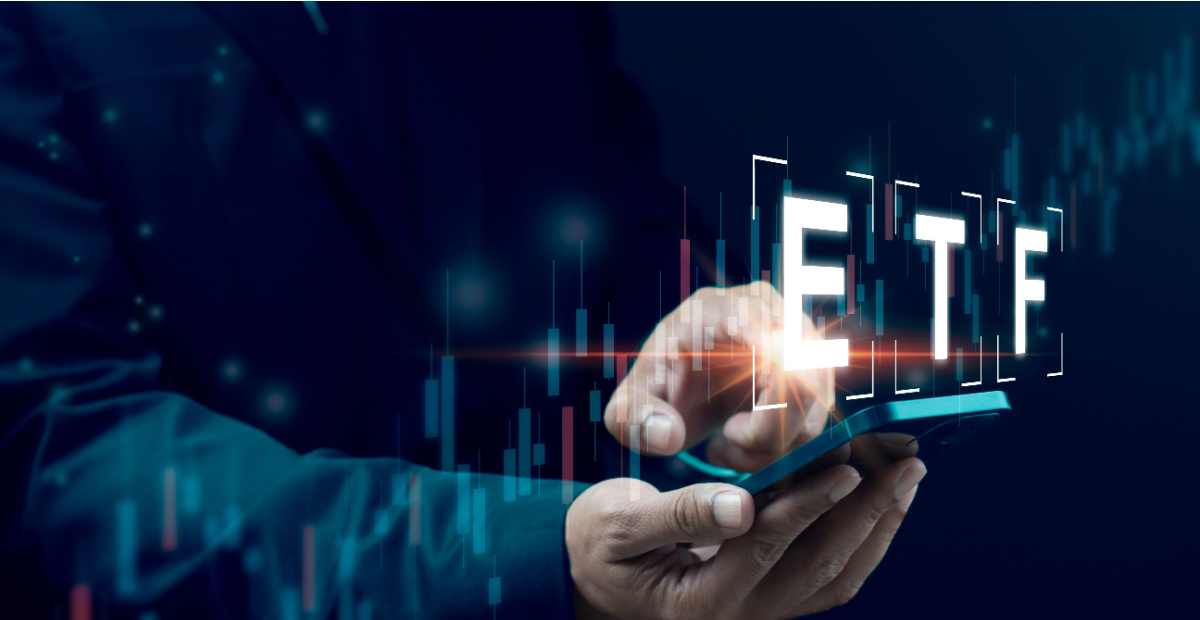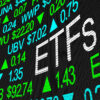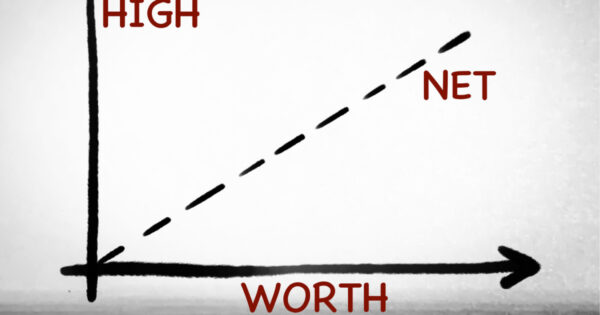Investors flock towards hedged international equity ETFs

New analysis from investment platform, InvestSMART, has confirmed investors have swapped their preference for Australian equity exchange traded funds (ETFs) to global equity ETFs in April, especially hedged international equity ETFs in an effort to lower exposure to currency volatility.
The latest data from the Australian Securities Exchange (ASX) indicated that net inflows in Australian equity ETFs increased by 59 per cent from $1.04 billion in March to $1.701 billion in April, while global equity ETFs saw a 162 per cent increase from $750 million in March to $1.9 billion in April. This trend was also echoed by ETF provider, Betashares, in their monthly Australian ETF industry wrap-up.
Ron Hodge, CEO of InvestSMART, cited the Trump administration’s tariff announcements as a “critical event” that was behind the recent global equity ETF surge.
“Rather than being an anomaly, April saw a return to investor preferences for global ETFs,” he said.
“ASX data confirms that domestic equity ETF inflows have consistently been lower than global equity ETF inflows. March was the outlier.
“Retail investors, concerned by Trump’s tariffs and the subsequent market turmoil, would normally be expected to have stockpiled savings into cash rather than switch between domestic and international equity markets.
“A likely scenario is that professional financial advisors encouraged clients to buy international ETFs to rebalance their portfolios following the relatively larger pullbacks in foreign markets.
“Institutions would be more likely to take advantage of cheaper pricing and buy more global ETFs than retail investors, though it is reasonable to assume that this class of investors has a lower preference for ETFs than individual investors.”
The data also confirmed a move towards hedged international equity ETFs, as investors look to mitigate ongoing currency volatility. According to InvestSMART based on the ASX data, BlackRock’s flagship iShares S&P 500 ETF saw $1 million net switch into its iShares S&P 500 (AUD Hedged) ETF from March to April.
“We saw considerable AUD/USD currency volatility in April,” Hodge said.
“The AUD dropped to $US0.60 after Liberation Day, only to bounce back to $US0.64 later in April. Most economists believe the Australian dollar will continue to strengthen against the Greenback over 2025 and 2026.
“We know that Australian equity markets make up only 2% of world markets. This highlights the need for Australian investors to diversify across global markets.
“And from a practical perspective, there are more international equity ETFs listed on the ASX than Australia-only ETFs. However, investors are demonstrating an appetite for hedging as a means of minimising the impact of currency fluctuations.
“The majority of flows have historically moved into the large, broad based, vanilla ETFs (domestic equity, global equity and fixed income). I suspect this to be the case going forward rather than any particular thematic driving a major change in the trajectory of FUM inflows.”











It's time for a Royal Commission into the links between legislators, unions and super fund trustees. I'd suggest that it…
“While there are some issues with providing trustees with the ability to make suggestions outside of a financial advice process,…
Another joke from the SMC - they think they're special.
That'll be $31,300 thanks. Hypocrites. Joke of an institution.
Fine them $32,000 for the admin error